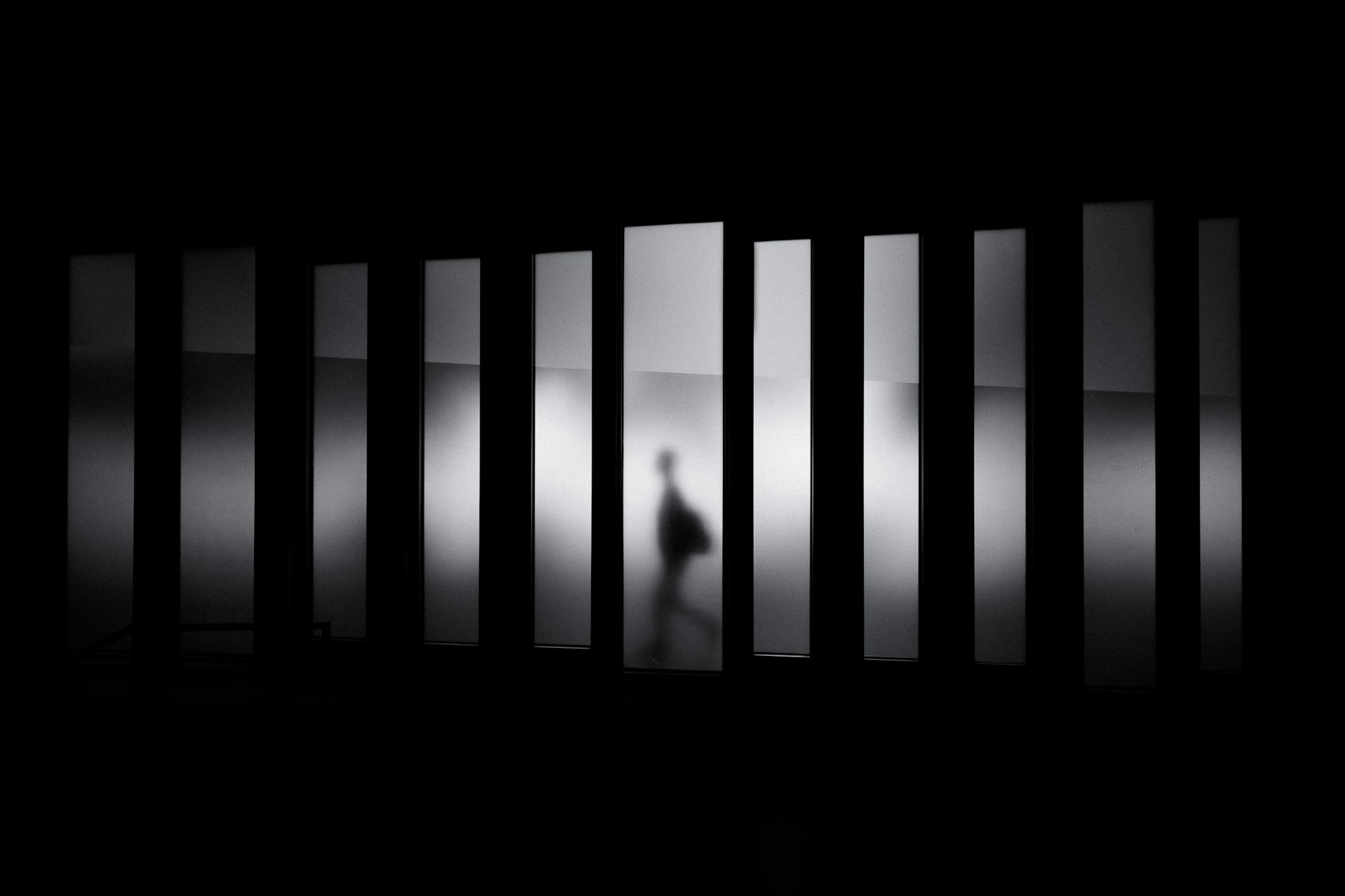Sat 17 - Black and White

A late start today; despite retiring early, before 10:30, last night. Next thing I was aware of was my phone telling me it was gone 8:30 - 10 hours or so deep sleep. Just doesn’t happen at home. Anyway as we laze in bed we decide there’s no rush - we’re only going to mooch around Ledbury today and doubt there’s too much there to hold our thrall.
I don’t know about you but when I think of the English Border counties: Cheshire, Shropshire, Herefordshire, Worcestershire then half-timbered manor houses spring to mind. Like Chester or Ludlow, Ledbury is a beautiful example of a market town where its links to the past are evident in its black and white architecture. Its wide main street used to host several more half-timbered buildings, mainly butchers shops , expedient in being able to slaughter and butcher the cattle bought at market in the same street with the resultant blood and gore washed down the street. And so it was for 150 years - for Ledbury was a vibrant, important wool town in mediæval times but then after the wool trade moved to East Anglia Ledbury stagnated for 150 years. In the Victorian revival the old half-timbered buildings were considered “frightfully common” and the smaller ones, such as the main street shops torn down, whilst the larger ones were often stuccoed or bricked over. Fortunately the ruins of one shop were bought in their entirety (remember it is only the wooden timbers that are of interest, they provide the structure, the gaps between them are merely filled (often with wattle and daub) to keep out the drafts. The shop was re-erected as some Victorian granny-flat in the back garden of, ironically, one of the shops that fronted the now much wider main street. Until a few years ago, that is, when it was gifted to the town’s Civic Society and moved once again to its new location and new purpose of town museum. Timber-framed buildings of that size don’t have foundations (they sit on a wooden ‘soleplate’ that forms the base of the structure) and are jointed by pegs so moving isn’t quite the task it sounds but still impressive to hear about a house that had 3 locations within 100 yds of each other! And, thank you, fascinating curator lady of the museum who told us all this history.
We were wrong - there was more than enough here to hold our thrall and it was well gone 6pm before we wended our weary way back up the hill to the campsite. Shopping is good, apart from a small Spar and Boots the high street comprises of local shops, 3 butchers, 2 bakers (one off the high street), a greengrocer, 2 bookshops, several clothes, household and general interest shops. Of course in this Great Bake Off age there are more cookware shops selling left-handed asparagus peelers then the world needs but that’s life. At least the dedicated cider shop was something unique, A few, upmarket charity shops, supplied grand-daughter Amelia with some new (and I do mean new, in shrink-wrap) Tigger wear and a lightshade to be converted to match the Alice-in-Wonderland themed nursery. As for me I picked up a copy of “Under Milk Wood” to read in preparation for my visit to Laugharne next week (I’d meant to pick up my copy from home but forgot) and an antique shop provided me with a copy of Matthew Engel’s “England” a contemporary (published 2014) account of each of the English counties, an ideal companion for the van-traveller.
As well as a vibrant high street there was a second museum, the old Guildhall with history of “The Pozzy” - Ledbury Jam works (think Hartleys and Robinsons) and the towns notable poets John Masefield and Elizabeth Barrett Browning. There was a fascinating, far larger then expected church with a completely separate bell-tower - a feature notable in this area. Once again our lovely curator lady had the explanation - if seeking sanctuary in the church you weren’t allowed to take your worldly goods. So a lockable tower next door made an ideal store house when you needed to see Mother Mary in times of trouble (Let it be!). The church houses one of THE most spectacular modern stained glass windows we’ve had the joy to see and I was staring at it for several minutes. I don’t have internet access (don’t get me started!) or I’d put a link. Go find it for yourself, a photo won;t do it justice but worth a look. The churchyard itself was like some scene from The Italian Job with cars driving in an out. And I mean that quite literally as the large wedding going on in town today featured the star players being chauffeured in 3 Minis, of Red, White and Blue colouring. At least one had its original Dec 1970 tax disc on display.
Coffee shops and pubs provided a rest and eventually enough internet to test whether this new Classeur produced blog would upload smoothly. 100% success and I’m impressed with the easy of foot-noting using markdown. Then it was up the hill to the campsite, armed with a bottle of Sauvignon Blanc (from the local, independent, wine merchant, of course) just in case we decided to drop in on the campsite owner’s party. We didn’t and sat in the van reading to the background of 60-80s pop. Somehow I decided there was no need to go down and enquire - I very much doubted the van would ever be heading towards Amarillo!.